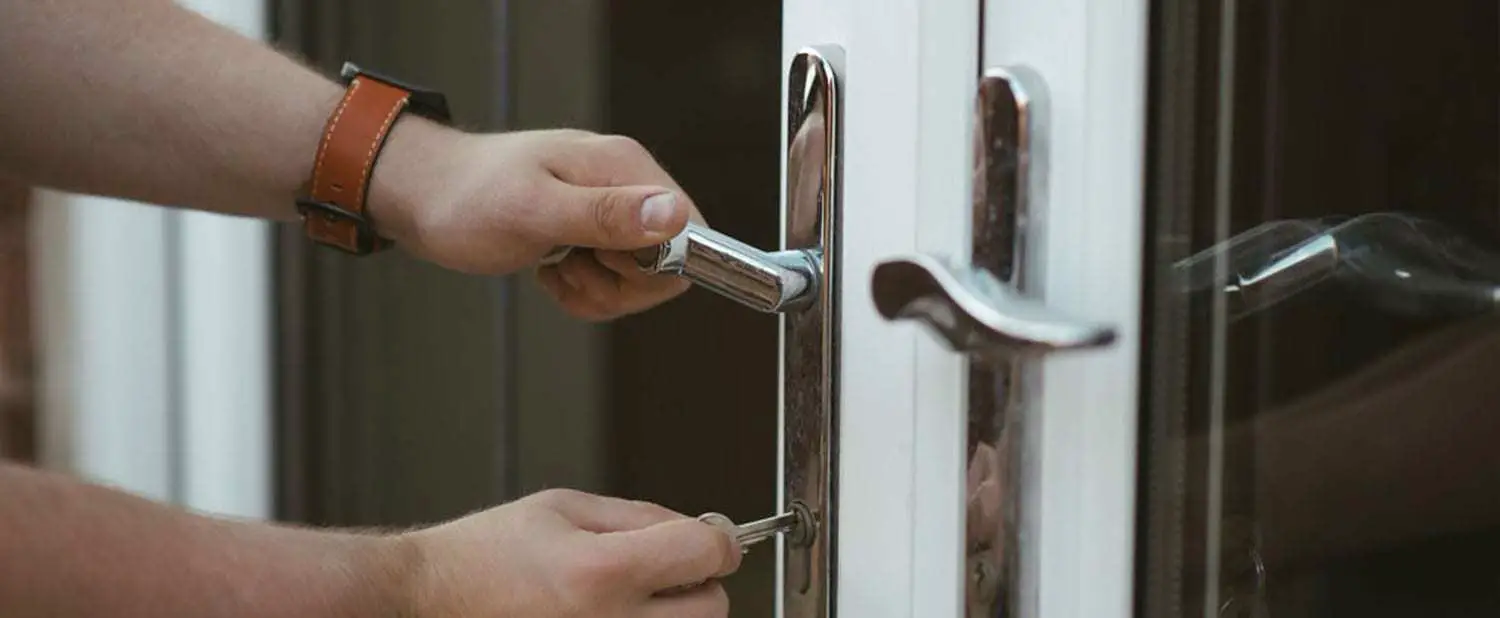To get things started we are going to take a look at entrances, more specifically doors. For the sake of this article, we will define an entrance as anything which would allow access into our home. This can include but is not limited to doors, windows, garages, etc. All of these provide interior access and should be treated as such. It’s easy to assign importance, but when that happens certain entrances get all the attention while others are overlooked. Let’s take a look at the basics of security in relations to entrances and hopefully you can find a few takeaways to improve your home security.
The first thing people think of in terms of entrances is doors. Doors are the most common form of gaining “legal” access into a dwelling and it makes sense they get the most attention. Unfortunately, very little thought is actually put into the security aspects of doors when compared to their aesthetics or how they look.
Construction
So, what is the first consideration we should look at? I would say it’s the construction of your doors. The simplest way to look at it is whether or not your door is solid wood or solid metal. Simply put, solid core doors are harder to break and harder to kick in. Avoid hollow core doors at all cost. They are easy to defeat and offer little to no protection against a determined adversary.
Features
You should also try to choose a door with no glass/windows in the design and you should make sure there are no windows within arms reach of the lock. You want to avoid the possibility of someone knocking out a window, reaching through, and unlocking the door. To compensate for not have a window to view visitors, invest in a wide-angle peephole. It doesn’t do you any good to have a secure door if you have to open it up to see who is ringing the doorbell.
Reinforcing
Most exterior doors are installed to swing inwards, meaning the hinges are more than likely on the inside of the structure. This prevents easy hinge pin removal. Ideally, you should also be using Grade 1 deadbolts (Grade 2 will also work), 1” long-throw bolts, and make sure your strike plates are reinforced with a minimum of 3” long wood screws. I would recommend installing a reinforced strike box and strike plate in addition to the upgraded deadbolt. For added peace of mind, you can always install a complete door reinforcement kit, which reinforces the door jam, hinges, and deadbolt/doorknob areas. I have never used one of the kits, but they have received rave reviews and they look pretty good through testing.
Another area of concern is the rear door. Rear doors oftentimes contain a window which allows easy access for a burglar. One way to mitigate this concern is to use a double cylinder deadbolt which requires a key to lock/unlock on both sides of the door. A downside to this is if you are in a situation where you need to make a hasty escape out the rear door. You may not have time to locate and use a key to get out. This is something to keep in mind.
Door Access Points
Pet doors, mail slots, etc., are also weak points in your home security system. Again, you want to avoid any method of access which would allow someone to reach through, crawl through, or provide access for a burglary tool. Here is a video of a burglar crawling through a dog door to gain access to a home.
Externals
In addition, there are a couple of external features directly related to the security of your doors you can take advantage of. Make sure you have sufficient lighting covering all of your entrance doors. Lighting can act as a great deterrent in preventing crime or at a minimum displacing crime. If they are determined to commit a burglary you might as well send them on to an easier target. In addition to the lighting, make sure all your vegetation and landscaping is cleared enough to remove any potential hiding places. If your door is easily seen from the street you can benefit from passive surveillance from general traffic passing through the area.
The reality is with very little effort you can greatly reduce the likelihood of someone gaining access through your doors. With that mind, a deliberate burglar may move on to another method of entry if the door proves too difficult. We will discuss those in a future article. In the meantime, get to work on those doors and start chipping away at your home security deficiencies.

